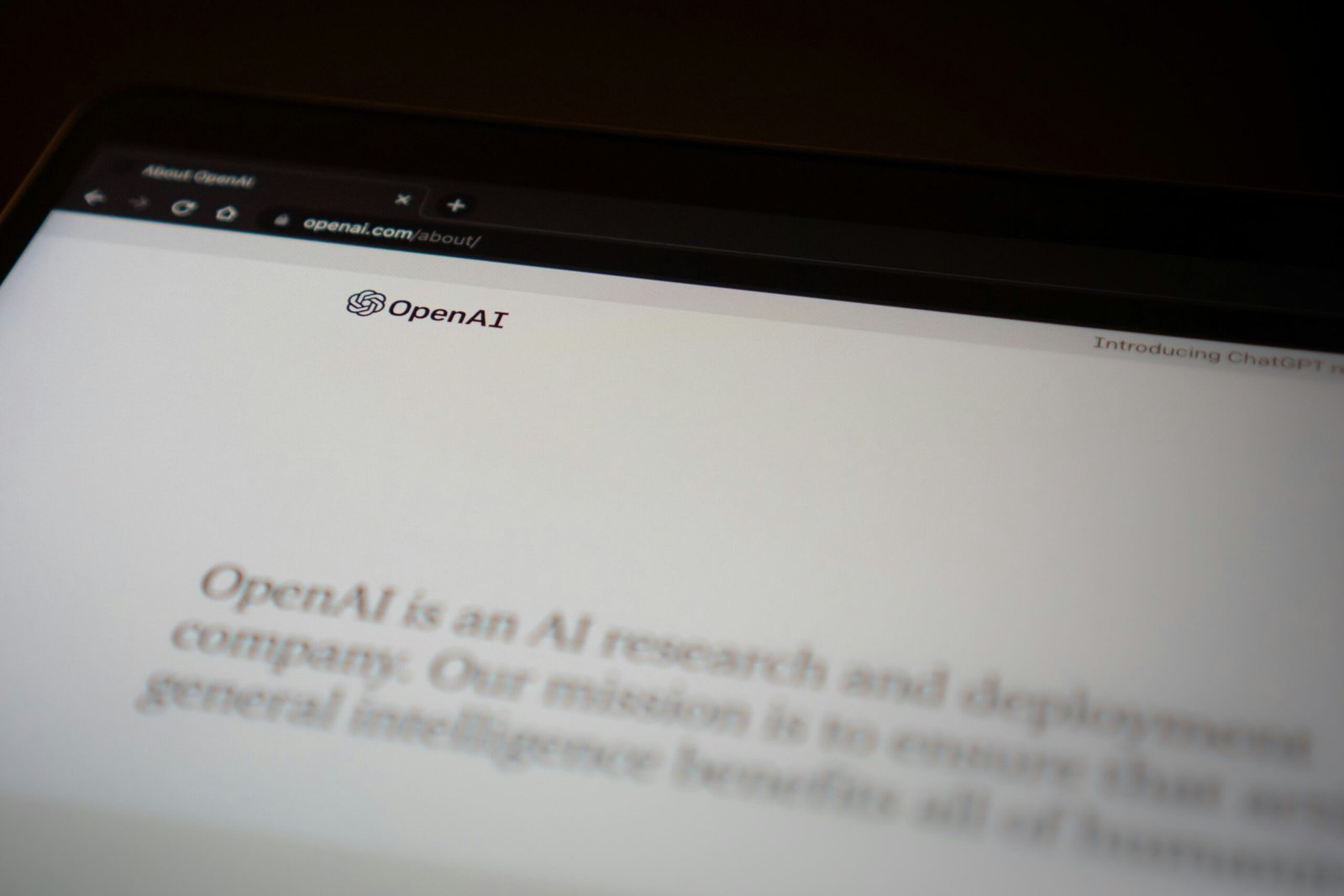The AI boom is rewriting job descriptions faster than we can update LinkedIn.
But there’s a category of roles that remain stubbornly human—and crucial: executive leadership.
No large language model can replace the judgment of a product leader navigating a turnaround, or a GTM exec rebuilding trust after a brand stumble.
We’re seeing a sharp rise in demand for hybrid thinkers—leaders who combine domain expertise with intuition AI can’t replicate.
These hires are more critical than ever—and harder to get right.
McKinsey’s 2024 report says “human-centric roles in leadership and innovation” will increase in value, even as automation expands.

Image by Jonathan Kemper
Why Human Leadership Still Matters in the Age of AI
AI is transforming how companies operate—but it can’t replace the leadership needed to navigate that change. The ability to integrate AI tools while protecting product integrity, team morale, and customer trust remains a deeply human challenge.
Leadership roles demand emotional intelligence, ethical judgment, and strategic adaptability—qualities AI still can’t replicate.
According to Gartner, 76% of HR leaders say their organization will struggle to adopt AI responsibly without strong human oversight.In moments of inflection, companies don’t need theorists—they need decision-makers with nerve and nuance.
Our operator-first model identifies those people, because we’ve made those same high-stakes decisions ourselves.
AI is a powerful tool—but your most critical hire still needs a heartbeat.






